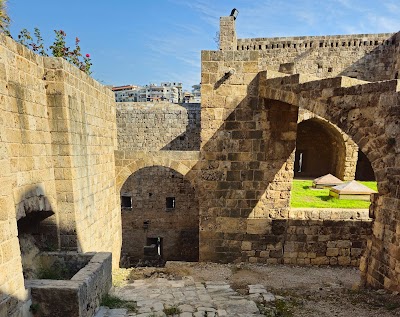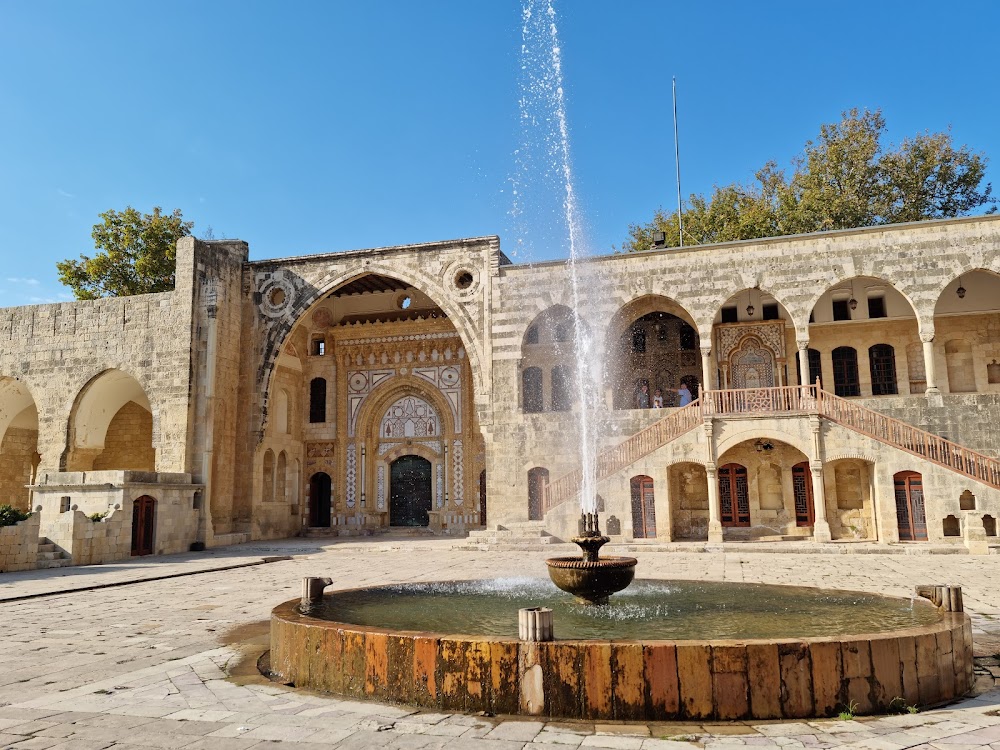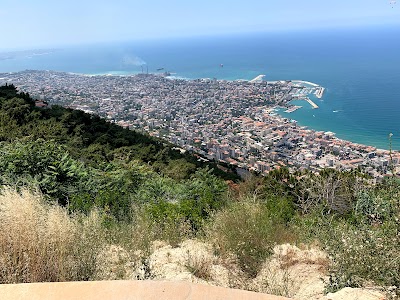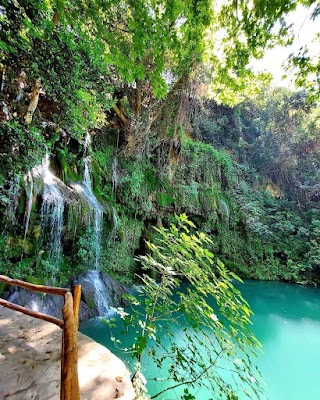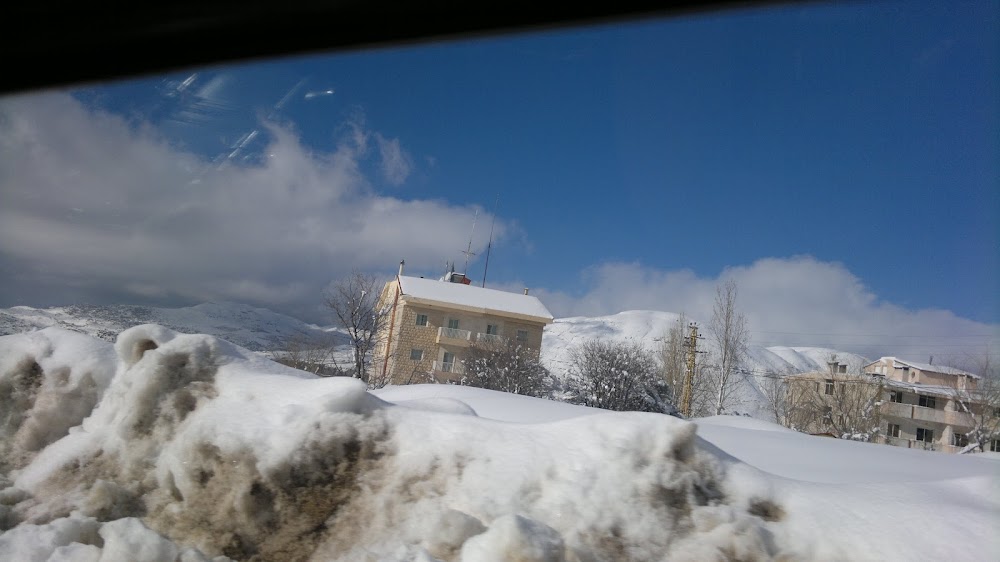Tripoli Citadel (قلعة طرابلس)
Related Places
Overview
Nestled in the enchanting region of Mount Lebanon, the **Tripoli Citadel** stands as a remarkable testament to the area's rich and diverse history. Also known as the **Citadel of Raymond de Saint-Gilles**, this majestic structure offers an intriguing glimpse into the past, drawing in history buffs, architecture enthusiasts, and curious tourists from around the globe.
The origins of the Tripoli Citadel date back to the **12th century**, during the tumultuous era of the Crusades. Initially constructed by the notable Crusader leader **Raymond de Saint-Gilles**, the citadel has undergone numerous modifications and restorations throughout the centuries. Built as a fortress to fend off invading forces, its strategic hilltop location provides a commanding view over the city of Tripoli and the surrounding landscape.
This historical treasure is not merely a single edifice but a complex that includes numerous buildings and courtyards, each reflecting the various periods of its construction and use. As visitors stroll through the citadel, they can observe the influences of successive rulers such as the **Crusaders, Mamluks, Ottomans**, and even the **French**. Each group has left its distinct mark on the architecture, resulting in a unique blend of styles and cultures that is both captivating and educational.
One of the most striking aspects of the Tripoli Citadel is its **imposing entrance**. The fortified gate, flanked by robust towers and thick walls, sets an impressive tone for the entire complex. Upon stepping through the gateway, visitors are transported back in time, surrounded by the echoes of ancient battles and the whispers of long-gone inhabitants.
The inner courtyards are equally enchanting. The main courtyard, likely once used for gatherings and military parades, is encircled by a series of halls, living quarters, and storage rooms. These areas provide a fascinating insight into the daily lives of those who once inhabited the citadel. Notably, the **Great Hall** boasts arched ceilings and remnants of intricate carvings, hinting at the citadel's former grandeur.
For history enthusiasts, the various layers of construction visible throughout the citadel present an intriguing lesson in architectural evolution. Some sections reveal the original **Crusader stonework**, characterized by thick, rough-hewn blocks, while others showcase the more refined Mamluk and Ottoman styles. This layering effect serves as a tangible history lesson, illustrating how the citadel adapted over time to meet shifting needs and cultural influences.
Beyond its historical significance, the Tripoli Citadel offers **breathtaking views** of the surrounding landscape. From the ramparts, visitors can enjoy panoramic vistas of Tripoli, the shimmering Mediterranean Sea, and the lush hills of Mount Lebanon. These picturesque views not only enhance the experience but also underscore the strategic importance of the citadel's location.
Adding to the intrigue, the citadel features a network of **tunnels and underground passages** that crisscross the complex. Some of these tunnels are accessible to visitors and were once vital for discreetly moving troops and supplies during sieges. Exploring these subterranean pathways adds an adventurous element to the visit and highlights the ingenuity of the original architects.
The Tripoli Citadel serves as more than just an architectural marvel; it is a living museum that narrates the story of a region that has been a crossroads of civilizations for millennia. Its walls have witnessed countless historical events, from Crusader conquests to Ottoman governance, and every stone has a story to tell. For contemporary visitors, the citadel provides a tangible connection to this rich and varied history, making it a must-see destination for anyone traveling to Lebanon.
To fully appreciate the significance of the Tripoli Citadel, consider pairing your visit with a tour of the **old city of Tripoli**. This area is brimming with bustling markets, historic hammams, and charming narrow streets, allowing visitors to immerse themselves in the local history and culture. Such an experience deepens the appreciation for the citadel's role within the broader context of Lebanese heritage.
Whether you are a history enthusiast, an architecture lover, or a curious traveler, the **Tripoli Citadel** in Mount Lebanon promises a captivating and enriching experience. With its blend of historical significance, architectural beauty, and stunning views, it stands out as a highlight of any trip to this remarkable region. Be sure to include the Tripoli Citadel in your itinerary and prepare to be transported back in time as you explore this extraordinary fortress.


